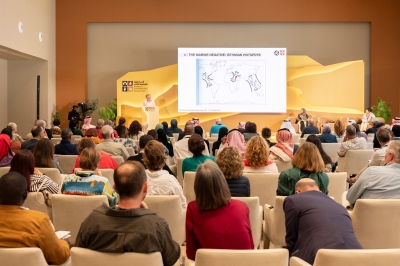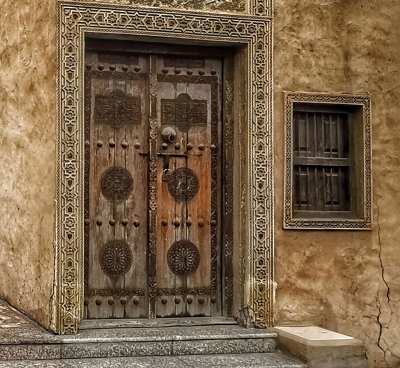
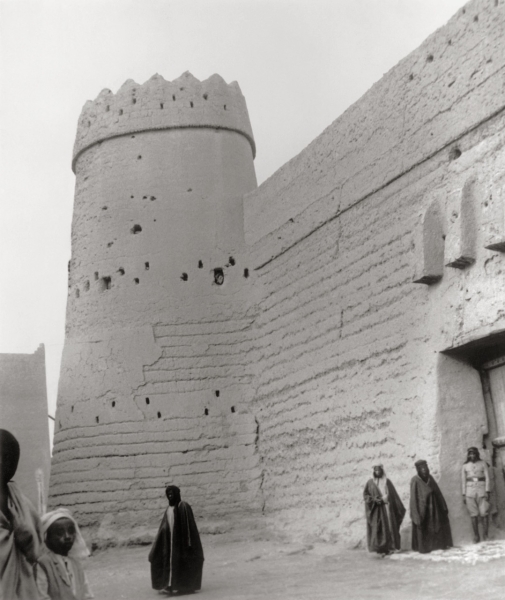
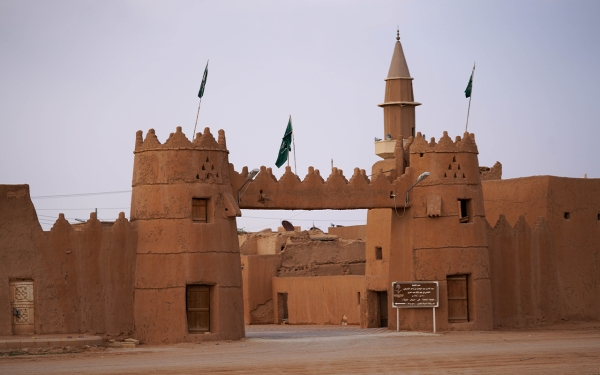
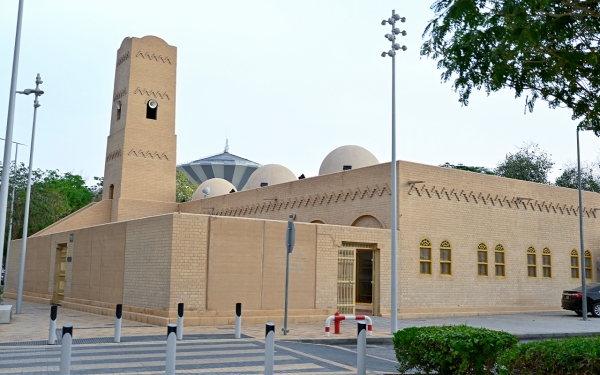
Mud houses in the Kingdom of Saudi Arabia reflect one of the earliest architectural concepts upon which homes, forts, palaces, and houses were built in the Kingdom. These constructions are based on the use of mud, a common material in most building processes. Mud is used for both interior and exterior walls and acts as a binding material between the stone foundations. It is mixed with straw to prevent cracking.
Materials used in mud houses in Saudi Arabia
One of the materials used in mud architecture is gypsum, which is prepared in a primitive way by burning and grinding brittle limestone rocks to form a suitable mortar for shaping molds and ensuring the cohesion of the structure.
The earth-based materials used are often simple, e.g., mud or mud mixed with straw, and can be stabilized by adding lime, cement, or gypsum. They can be stacked on a rocky substrate. Construction can be done more quickly using mud bricks, pre-formed mud bricks, compressed earth blocks, or fired clay tiles.
Landmarks that reflect the style of mud houses in Saudi Arabia
Al-Masmak Palace in the heart of the capital, Riyadh, is one of the prominent Saudi landmarks that reflect the authentic Arab mud house style. It served as the gate from which the founding King Abdulaziz Bin Abdulrahman al-Saud entered to re-establish the Saudi state. The palace is constructed using mud mixed with straw on a stone foundation.
The building techniques using mud materials emphasize the people's knowledge of dealing with the environment and its elements. Mud houses in the coastal cities of the Eastern Province, for example, signify the ease of life in an agricultural oasis, as builders utilized marine rocks, shells, and sea clay in their construction.
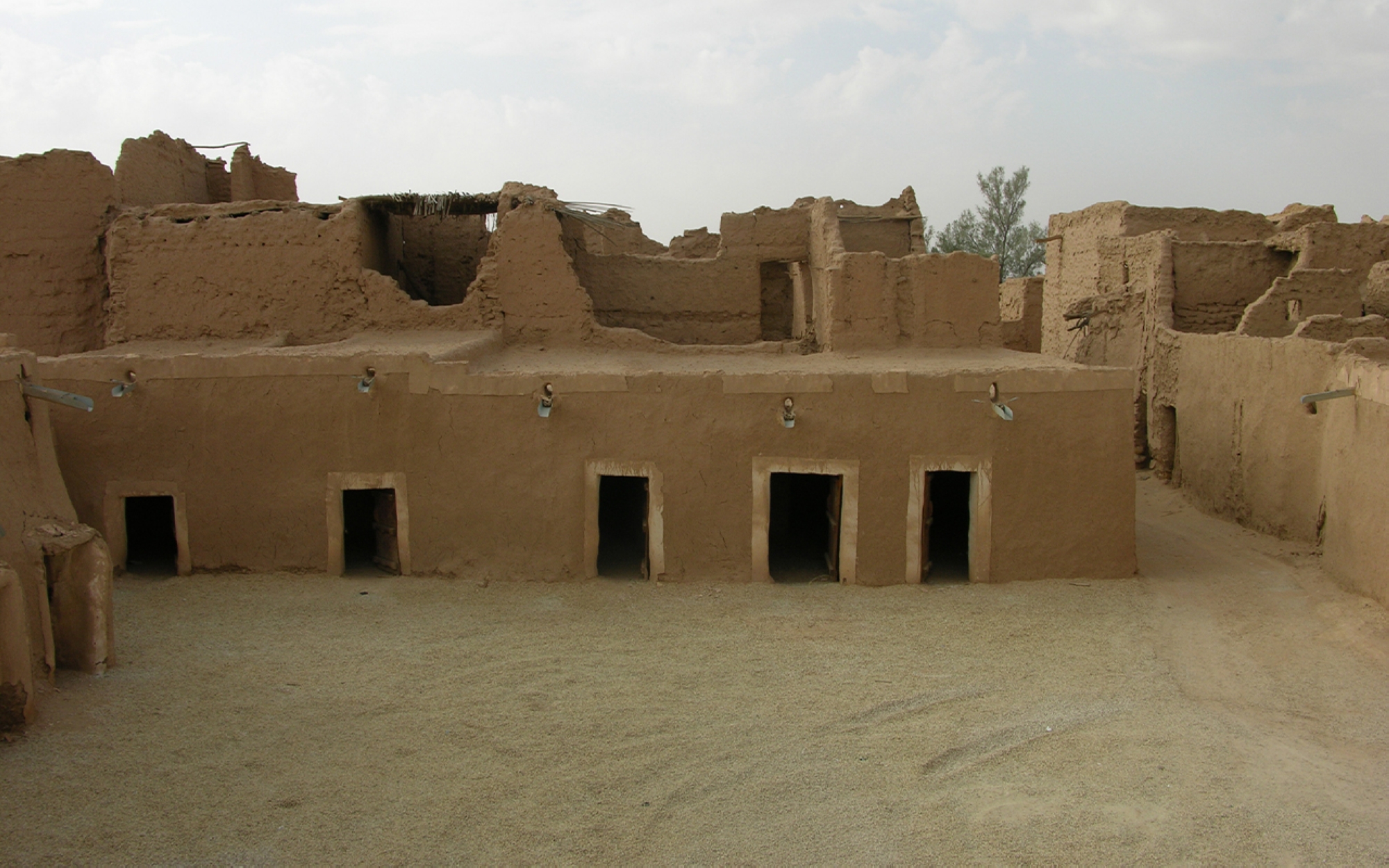
Protecting and developing mud houses in Saudi Arabia
Mud houses are classified as part of the urban heritage that the Saudi Ministry of Culture seeks to establish laws and regulations to protect, develop, and own as a promising cultural, heritage, and tourist sector. These efforts involve addressing the urban heritage sites in coordination with several government entities, including the Ministry of Municipalities and Housing, the Ministry of Environment, Water, and Agriculture, the Ministry of Justice, and the Royal Commission for Riyadh City.
The Ministry of Tourism develops mud houses spread across all regions of the Kingdom as part of its program to develop national urban heritage. The MoC Heritage Commission documents these buildings, ensures their sustainability, and rehabilitates the historical mud houses of the country, developing them as an economic, cultural, and tourist destination.
General characteristics of mud houses in Saudi Arabia
The general characteristics of traditional mud houses serve as an indicator of the material wealth of their owners. These characteristics vary, ranging from ornamentation and engravings on the windows to triangular openings, local and external overhangs, and balconies known as brides of the sky.
Mud houses in the Kingdom are well-suited to the climate, incorporating various architectural techniques to promote air circulation and temperature regulation within the homes. These techniques include traditional windows, as well as skylights, or samawat, which are openings in the roof that allow hot air to escape during the summer and can be closed in the winter, also serving as outlets for fuel smoke above the roofs. Another cooling method commonly used in some mud houses is the faw, a high and wide opening in the back wall of the main hallway, designed to capture strong and clear winds from a higher altitude.
In 2005, the Royal Commission for Riyadh City implemented the use of local mud materials (compressed clay) in the construction of the first architectural facility built using this approach. The construction followed modern scientific foundations and took place at al-Madi Mosque, located in the King Abdulaziz Historical Center in Riyadh.
Related quizzes
